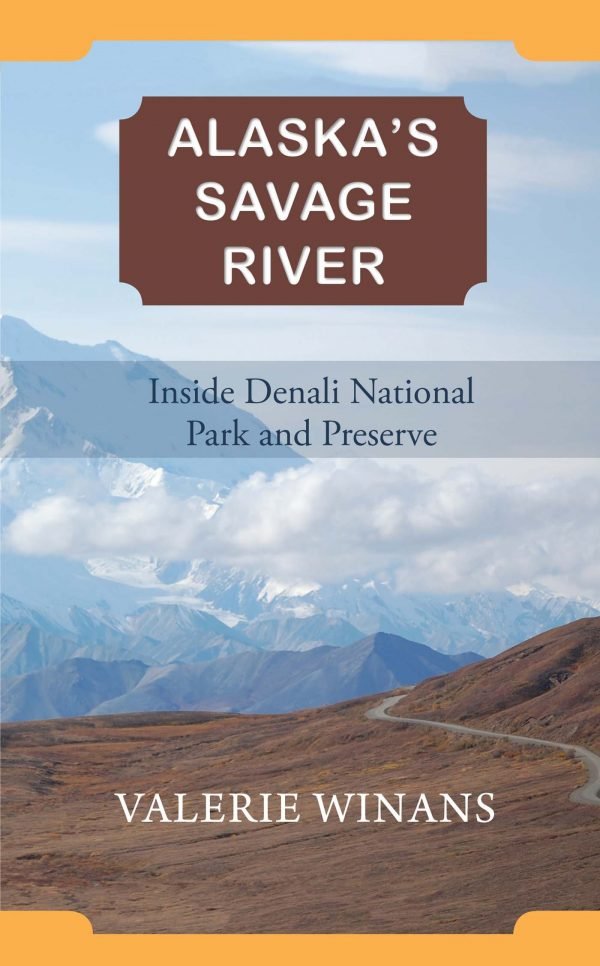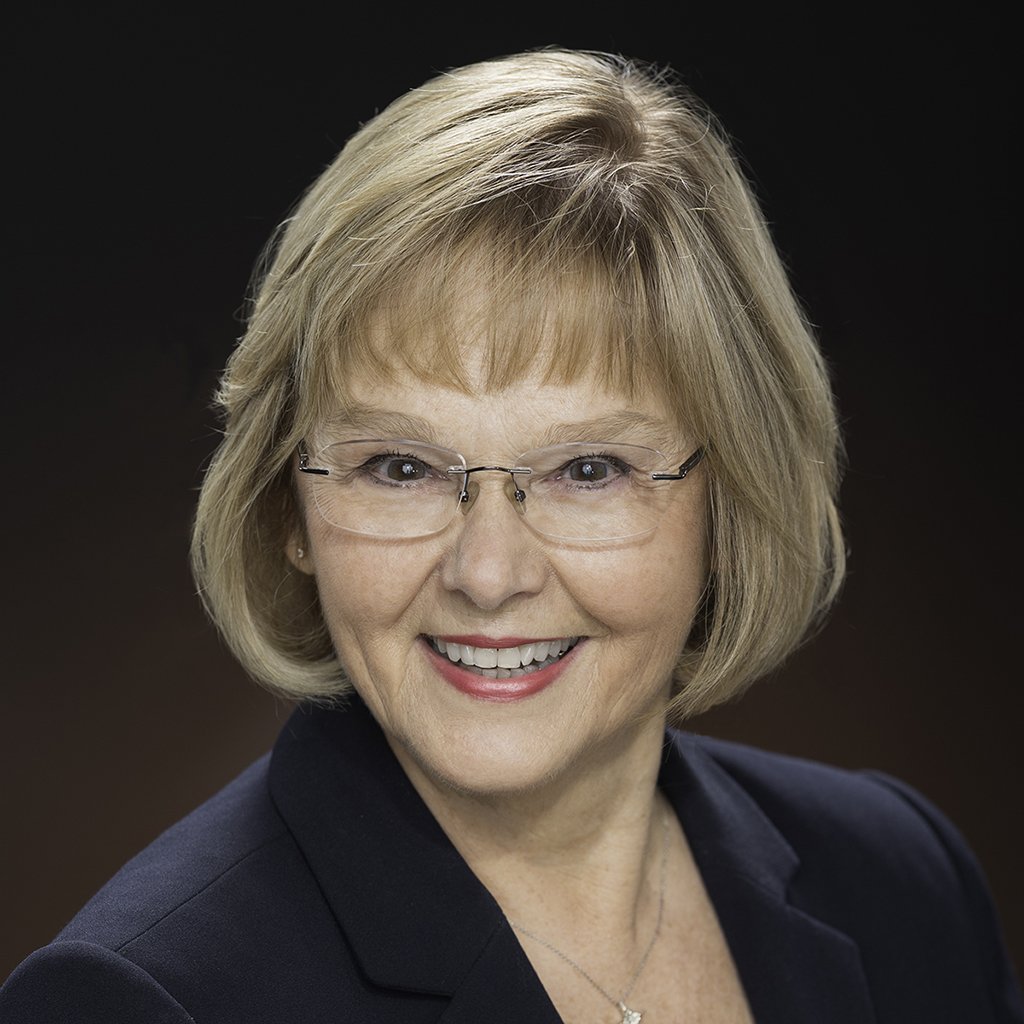Alaska’s Savage River
Inside Denali National Park and Preserve
By Valerie Winans
A Writer for Readers of All Ages
Chapter Eleven (E)
People of the Past – Jack Coghill
…The park personnel put the visitors through the customary tourist schedule. After dark, all gathered around a large campfire, where singing, speaking and storytelling occupied a brief two hours. The singing was delayed, it may be mentioned, through an accident to leader Sheldon, who became dumb through the eating of a greengage plumb passed to him by someone of the Nenana delegation, probably W. A. Coghill. Fairbanks Daily News-Miner, “Game, Scenery, And Hospitality Mark Park Trip” August 18, 1926
Jack Coghill is one of many who passed by Savage River and has memories to share of this special place. He grew up in Nenana, Alaska, when the only way to reach the village was by walking, traveling by boat, or being born there. Living in such a remote area taught Jack to be innovative at an early age. Like others who lived on the frontier, he just did whatever needed doing and learned to be self-reliant.
When he was only nine years old, he served as undertaker of Nenana.60 John Ollette, the undertaker of Nenana, arrived at the store owned by the Coghills in 1934 and asked for some help with a body. Jack’s dad said, “Jackie will help you.” So, Jack went to help, and soon after that John Ollette resigned as undertaker and left Jack with the job. Jack said, “They called me Digger O’Dell, but after thirty-nine cadavers I got out of being the undertaker.”61
As a child, Jack and his family often visited the camp at Savage River. “The first time we went to the park I was eight years old.”62 Jack and his family rode in the Brill Car from Nenana to McKinley Park Station. The Brill Car was a gas/electric train owned and operated by the Alaska Railroad.63 The Brill Car was a special passenger car and added to the fun of traveling to the park.
…According to tentative plans the big Brill gas car of the Alaska Railroad, capable of transporting fifty passengers with comfort, will leave here about 12:30 o’clock Saturday afternoon, and returning will arrive here about 11 o’clock Sunday night. The fare, including all expenses of the trip, such as transportation to the Savage River Camp of the park, and return, subsistence and lodging during the stay, is announced to be $22.10, which is considered a very material reduction over the usual cost of such an outing.
Automobiles will meet the car and will transport the excursionists to the camp. The park company, under the direction of Messrs. James L. Galen and Robert E. Sheldon, will offer novel entertainment, including a real rodeo carrying all the thrills of the Wild West. For this feature, a bronco buster, hailing from Hollywood, California, has been provided. Two mean, rarin’ cayuses are in process of grooming for the spectacle. Fairbanks Daily News-Miner, “Alaska Railroad Offers Excursion to M’Kinley Park” July 20, 1926
There was a social hall at Savage Camp where they had a Victrola that played ’78 platters.’ They also had a player piano. When asked what he did as a kid in the social hall, Jack replied, “Most of the time we were just told to be quiet and behave.”64
In those days you couldn’t travel any farther in the park than Savage River. One of the activities Jack recalled was going to the head of Savage River by horse and wagon. “Bobby Sheldon would drive for a ways, stop and tell a story, then go a little farther.”65 It was true adventure for a young boy at the time.
He remembered Count Ilia Tolstoy as being “a well-groomed gentleman. He was rough and tough when it came to surviving in the wilderness, but not when you talked with him. He was a real nice guy.”66
James L. Galen, President of the Mt. McKinley Tourist & Transportation Company, and Count Ilia A. Tolstoy, grandson of the famous Russian Author, were arrivals at Fairbanks Last night.
Count Tolstoy has concluded his second summer’s stay in the park, first having come here in 1930 from New York.
Count Ilia Tolstoy, grandson of the famous Leo Tolstoy, worked at Savage Camp for two seasons. He was such a great attraction for visitors that one woman said, “I came to see your two chief attractions, Mt. McKinley and Count Tolstoy, and I haven’t seen either one.” Mr. Sheldon said in reply, “Don’t you mean Count Tolstoy and Mt. McKinley?” She laughed and said, “Well perhaps.” Fairbanks Daily News-Miner, “Galen and Tolstoy Arrive From Park,” September 28, 1931
Jack remembers that Grant Pearson was a rough-and-tough wrangler. In those days, the park rangers didn’t sit behind a desk. Grant drove a dog team around the perimeter of the park to keep hunters from poaching sheep.
“Johnny Howard was a teamster. Johnny and Lena were very nice people. They were married by the magistrate at McKinley Park Station. They wintered the park horses at their place in Lignite. In the late fall, the water in Savage River decreases, so they would wait until the water went down and take the horses right through Savage canyon utilizing the drying riverbed to travel back to Lignite.”67
Jack’s last visit to the park was during World War II when he was stationed at Whittier, Alaska. His brother Bob was stationed at the park, working at the front desk of the hotel keeping track of military people on leave there. Jack learned that he could take a fifteen-day R and R at McKinley Park Station. So he talked some of his friends from Nenana into applying for the McKinley Park leave as a way to get home for a couple of weeks. Their leave was granted; they arrived at the park and registered with Jack’s brother. The next step was to catch the coach to Nenana. Each day, Bob would show that Jack and his buddies were present and accounted for at the park. At the end of their leave, they returned to the park via railroad in time to board the troop train back to Whittier.
In his book, Growing Up in Alaska, Jack writes about the Rex Bridge. He explained that the Federal Highway Act at that time required a “means to cross a river before you could appropriate money to extend the road beyond that point.68 Jack foresaw the need for this bridge that would connect the interior of Alaska by road to more populated areas in the south. He was instrumental in getting the funding for this bridge; when built it was a bridge to nowhere as there was no road to it at the time. The bridge is now called the Jack Coghill Bridge to the Interior and is essential to travel both north and south in Alaska.
Jack served Alaska in many political positions, from the local school board to Lieutenant Governor of the state. As mayor of Nenana for twenty-three years, he is the longest-serving mayor in Alaska history. He is also one of the people who wrote the Alaska Constitution.
Like so many others, his trips into the park and his sojourns at Savage River have left him with special memories to share.


